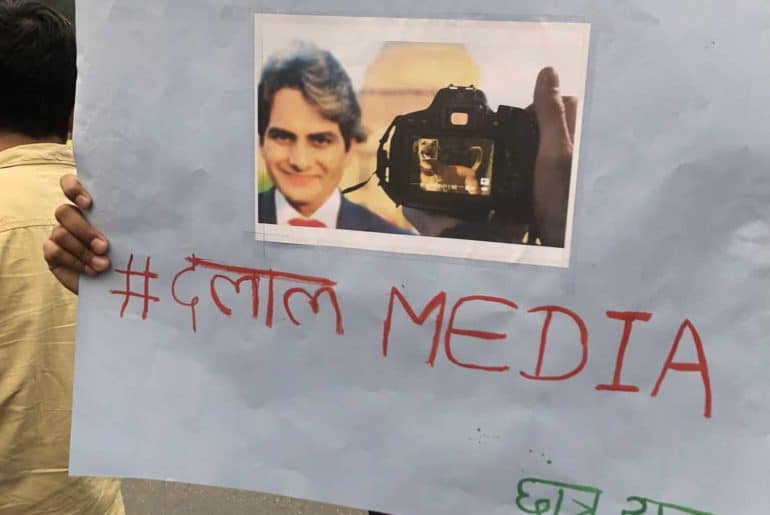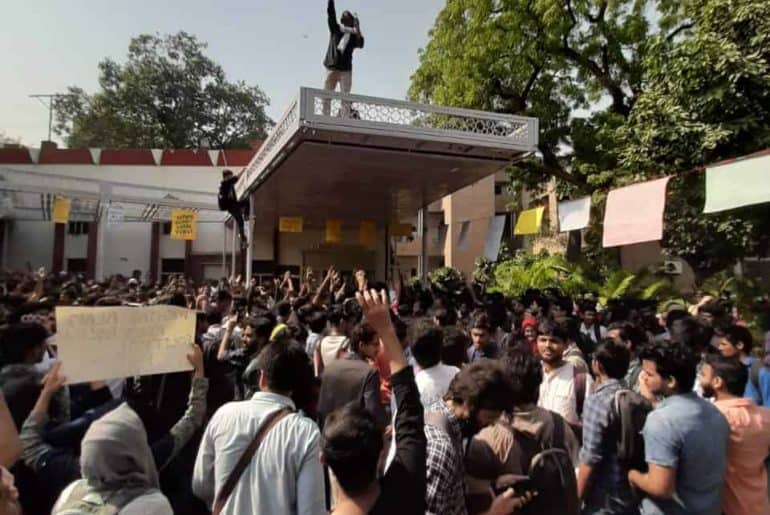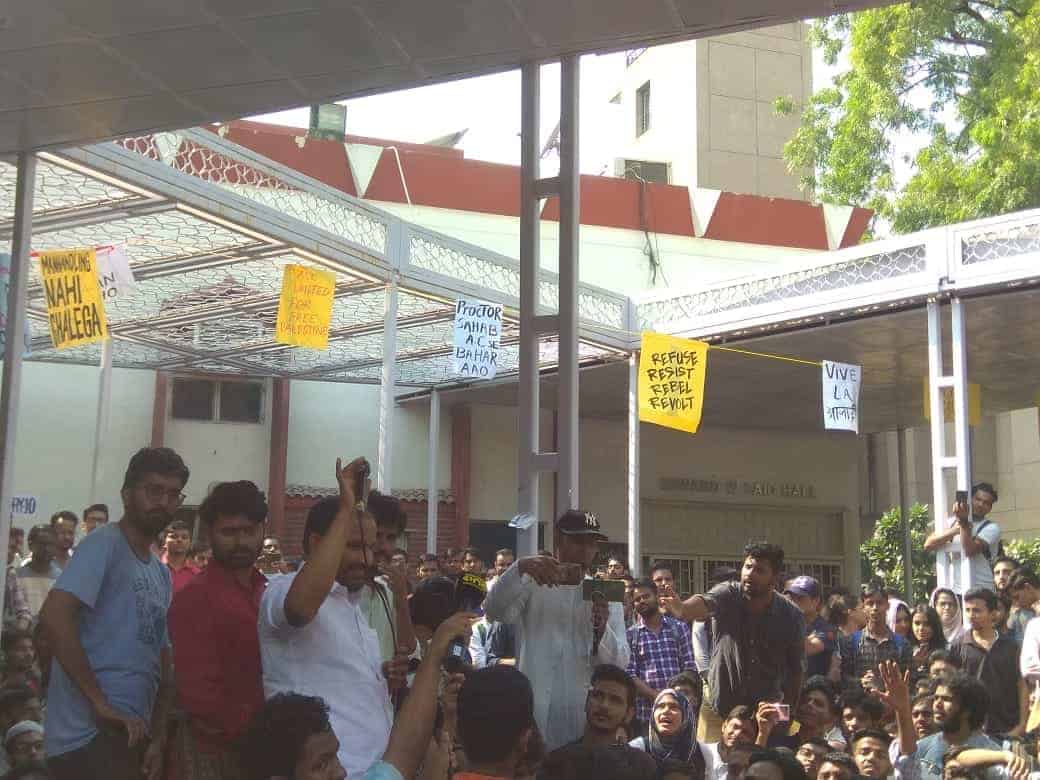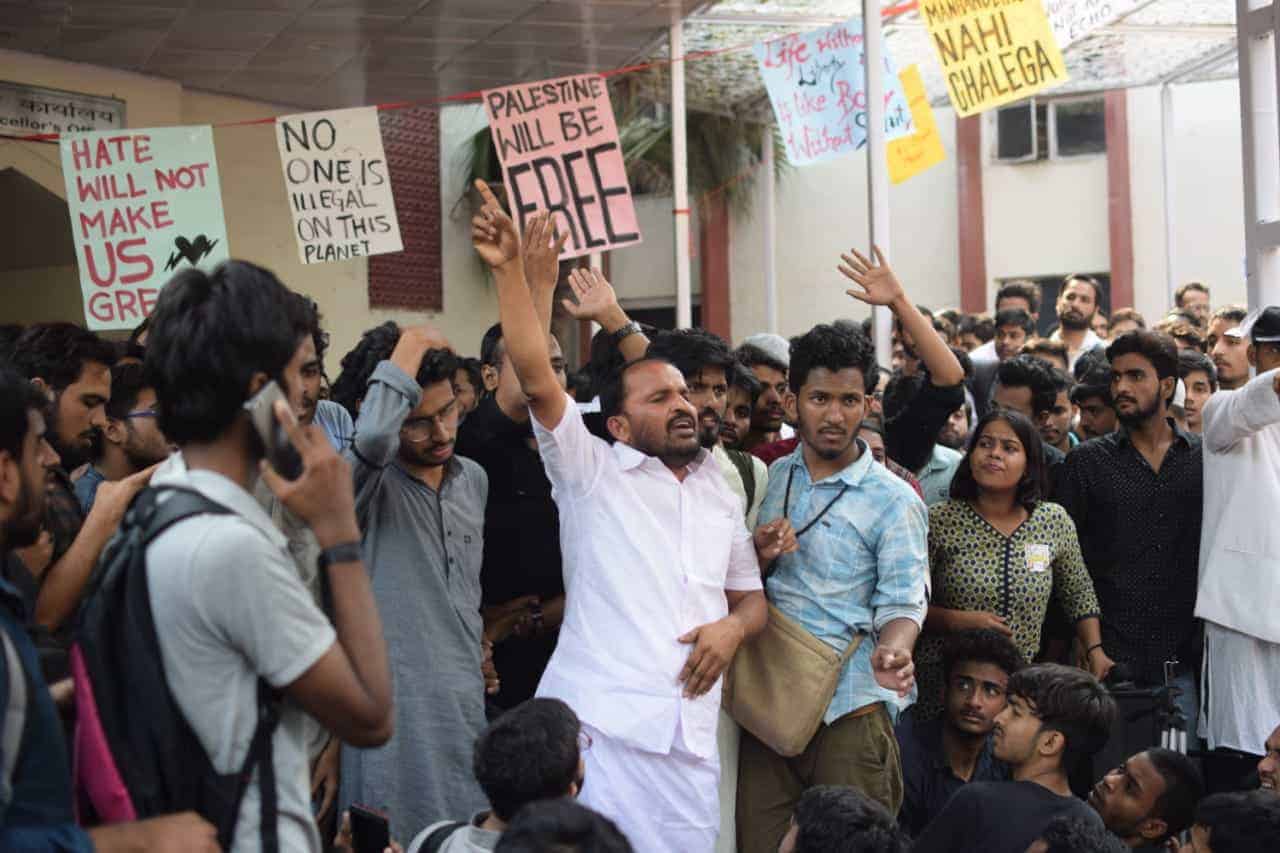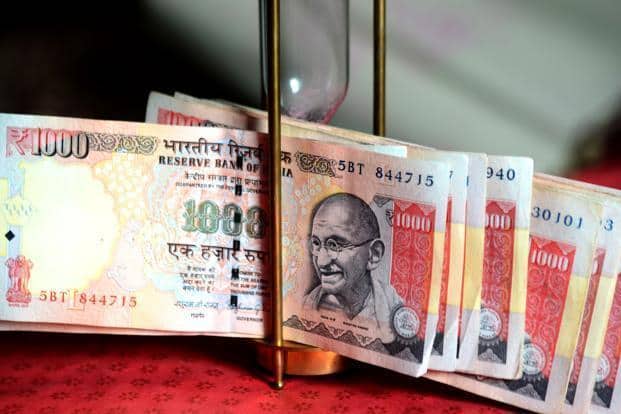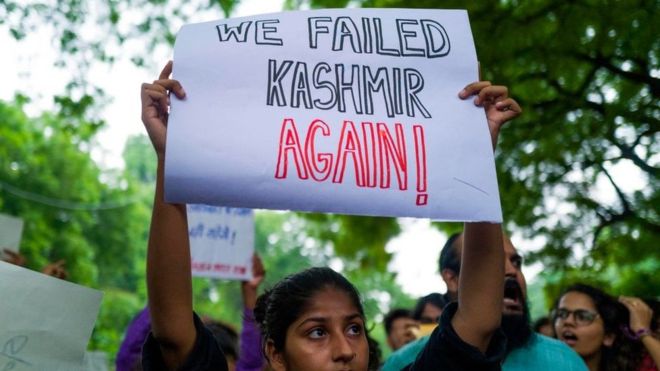On National Press Day, this piece is an attempt to highlight the lack of verification in mainstream media, and the rise of alternative journalism.
“I want this Government to be criticised. Criticism makes democracy strong. Democracy cannot succeed without constructive criticism,” so said Prime Minister Narendra Modi last year, well after he came to power in 2014 on a wave of optimism.
As circumstances have changed, so has the Modi Government’s media strategy. The Rashtriya Swayamsevak Sangh (RSS) oriented, Bharatiya Janata Party (BJP), often known as the “Modi Government”, faces weakened economy, communal tensions, and unemployment across the country. To shed light elsewhere, they have resorted to hijacking the country’s once free media.
The Government has not created an official state-run news service, but instead relies on independent news organisations to peddle its economic narrative, chastise a Muslim minority, and prey on Hindu anxieties in the country.
In order to achieve this, the Government often relies on media networks called in slang as Modia or Godi Media like Zee News, India TV, Aaj Tak and Republic TV. Out of all, Republic TV appealed to the worst of the Indian media’s characteristics. It was loud, brash, and theatrics mattered more than civil discourse. And sadly, is one of the most viewed channel in mainstream media.
Take this segment for an example articulated well in The Diplomat, it says, “Goswami begins a fiery tirade against Waris Pathan, a member of the legislative assembly for the All India Majlis Ittehadul Muslimeen (India’s only large-scale Muslim political party) in which he attacks Pathan for refusing to stand for the national anthem. On eight separate occasions in a mere 30 seconds, Goswami yells some version of ‘Why can’t you stand up for the national anthem?’. He proceeds to claim that he knows why Pathan does not stand. Goswami’s answer? According to Goswami, Pathan is an anti-national.”
If you don’t believe me that all of this is just a facade to distract the gullible audience from pressing national issues to communal politics, and India’s mainstream media is empowered and free, here are some facts which clearly justify — India is ranked at 140th of 180 on the World Press Freedom Index 2019.
As per a statistical survey conducted by Peeing Human, in the past 202 debates held at Zee News, Aaj Tak, News 18 and India TV collectively had 79 debates on Pakistan, 66 debates on attacking opposition, 37 debates praising the RSS and Modi, and not one debate on economy, unemployment, education, women’s safety, healthcare or even the farmer’s crisis, which encompasses 10 suicides by farmers everyday.
A sting operation done by the media house Cobrapost revealed that nearly two dozen media houses were willing to promote a Hindutva agenda and influence coverage for the 2019 elections. Simply put, media channels that are willing to play along find a lucrative payday and increased access by a Government that refuses to hold press conferences.
The BJP’s social media online troll army remains untouched. As Bloomberg noted, the troll farm, referred to as the BJP’s IT Cell regularly sends out death and rape threats to female journalists. A notable case is Barkha Dutt, who is not only viewed as being against Modi’s agenda, but is one of India’s only journalists who provides alternate perspectives on hotbed issues. The social media army is also used to stoke communal hatred, spread fake news, and intimidate those who would take a stand against Modi.
All these facts become much more horrific when realised that media is supposed to be the fourth pillar of democracy and not the slave of political propaganda.
There has been a rise in the need and establishment of alternate media. Alternate media is just like the left to mainstream rightist media. The proliferation of alternative journalism in India has happened, say experts, in the past five years with an attack on fundamental freedoms and a realisation that a space for uncensored information had to be created at personal cost as it were.
Alternate journalism paves way for unbiased, factual and verified news to be provided to mainstream media.
Taking an example of media coverage of Kashmir after scrapping of the Article 370. While Aaj Tak and India TV celebrated this decision and called the lockdown “peaceful”, independent channels like The Quint, Brut India and The Wire broadcasted the true harsh reality of this dictatorial rule.
YouTube channels like Dhruv Rathee’s, take time and space to explain and analysis of political decisions. His videos on the reality of air pollution in Delhi, India’s economic crisis and the Ayodhya verdict are dedicated to provide holistic information from all narratives, based on facts that he even cites in the description.
It has also made news much more accessible, and easy to comprehend. EIC’s outrage series on YouTube provided news in the second most entertaining way possible, appealing to a large audience. First obviously being a debate on Yogi Adityanath’s barber.
Patriot Act by Hasan Minhaj, A Netflix series brings light to many hidden issues of national and international relevance. The episodes on Student Loans, Sudan Protests, Indian Elections, and Censorship have been essential in their awareness movements.
Hence, the need for alternative journalism is real. How long would people depend on one anchor at one channel (obviously talking about Ravish Kumar) to prove them with news, not a narrative but news?
Feature Image Credits: Chhavi Bahmba for DU Beat.
Graphic Credits: Kunal Kamra.
Chhavi Bahmba

